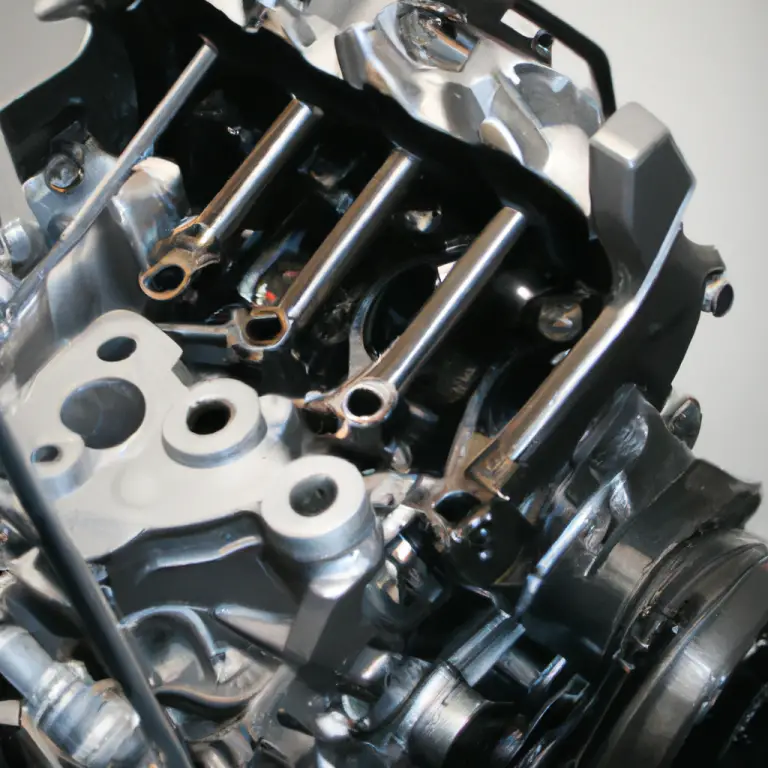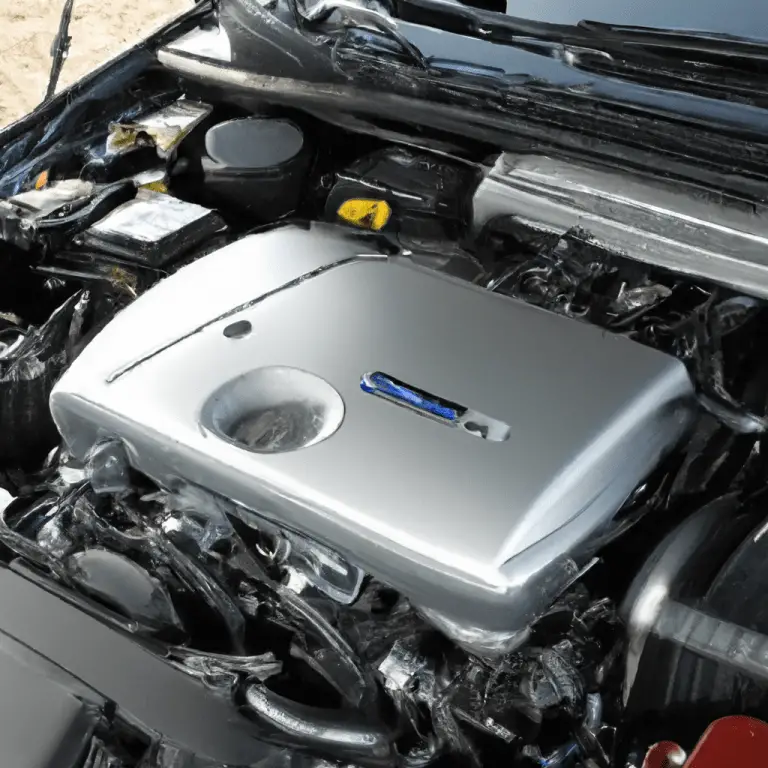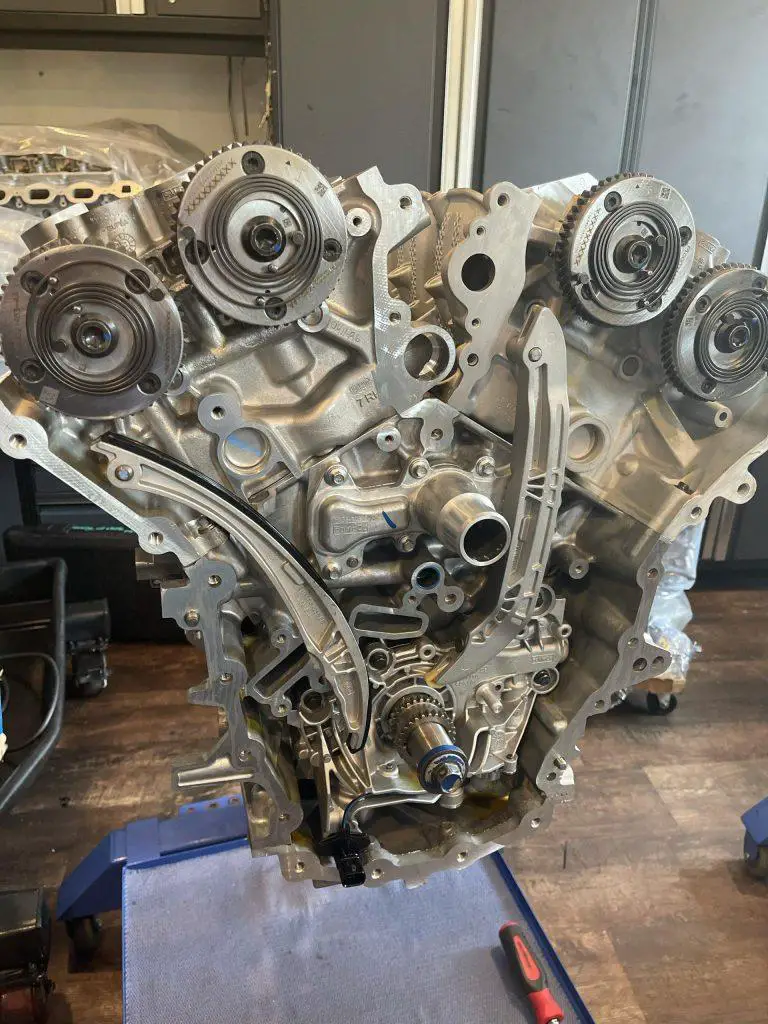Which Is Better 2.7 Or 3.5 Ecoboost
Last Updated on by David Jon
If you’re a fan of innovation and power, chances are high you’re in the market for a Ford with the popular Ecoboost engine. But which is the better choice – the 2.7L or 3.5L? This burning question has fueled countless debates among auto enthusiasts and potential buyers alike. To make an informed decision, it’s essential to examine the distinguishing factors of these two options closely. This comprehensive guide will pull back the curtain and explore the key differences, benefits, and drawbacks of the 2.7L and 3.5L Ecoboost engines, providing essential insights to steer your choice. Discover the ultimate battle of power and performance in Ford’s Ecoboost range.
Overview of 2.7 Ecoboost
About 2.7 Ecoboost
The 2.7 Ecoboost is a turbocharged V6 engine designed and manufactured by Ford. This engine is famed for its impressive blend of power, performance, and efficiency. As part of the EcoBoost family, it employs direct fuel injection and turbocharging to deliver substantial horsepower and torque, while also maintaining superior fuel efficiency.
Key features of 2.7 Ecoboost
The 2.7 Ecoboost is characterized by some key features that contribute to its performance. For starters, its compact design contributes to its fuel efficiency and performance. The engine also possesses twin turbochargers and direct injection technology designed to maximize power. Another feature is its aluminum-block design which reduces weight and promotes better performance and efficiency.
Performance of 2.7 Ecoboost
The 2.7 Ecoboost boasts impressive horsepower and torque figures, demonstrating strong performance credentials. In its most potent configuration, it can produce 335 horsepower and 380 pound-feet of torque. These figures translate to excellent performances on the road, with the engine delivering strong acceleration and smooth power delivery.
Overview of 3.5 Ecoboost
About 3.5 Ecoboost
The 3.5 Ecoboost, much like its 2.7 counterpart, is a turbocharged V6 engine by Ford, but with greater capacity. This engine brings with it more power and performance while also striving to maintain a high degree of fuel efficiency.
Key features of 3.5 Ecoboost
Ford’s 3.5 Ecoboost also has twin turbochargers and direct fuel injection, aiding its immensely powerful performance. This engine possesses a larger displacement compared to the 2.7 Ecoboost, leading to higher power output. Another notable feature is the use of port-fuel and direct-injection (PFDI) technology that enhances fuel efficiency and power delivery.
Performance of 3.5 Ecoboost
Despite being a larger engine, the 3.5 Ecoboost delivers higher power figures. In its strongest configuration, it can produce up to 450 horsepower and 510 pound-feet of torque. This exceptional power output leads to remarkable driving performance, including swift acceleration and impressive towing capability.

Comparison of Power and Performance
Engine output of 2.7 Ecoboost
As previously mentioned, the 2.7 Ecoboost can yield up to 335 horsepower and 380 pound-feet of torque. This makes it powerful enough to handle demanding driving conditions and ideal for hauling and towing purposes in lighter vehicles.
Engine output of 3.5 Ecoboost
On the other hand, the 3.5 Ecoboost’s power figures stand at 450 horsepower and 510 pound-feet of torque. This power allows it to handle even more demanding performance requirements, making it a prime choice for heavy-duty truck applications and spirited performance cars.
Comparison of their power outputs
When it comes to power output, the 3.5 Ecoboost clearly outclasses the 2.7 Ecoboost. However, it’s essential to remember that greater power also usually involves higher fuel consumption. Therefore, choosing between the two largely depends on the specific power needs of the driver.
Comparison of Fuel Efficiency
Fuel economy of 2.7 Ecoboost
Despite its robust performance, the 2.7 Ecoboost impressively maintains excellent fuel efficiency. It’s known for delivering an average of up to 20 miles per gallon in city driving and 26 miles per gallon on the highway.
Fuel economy of 3.5 Ecoboost
The 3.5 Ecoboost, owing to its larger displacement and higher power output, lags slightly behind the 2.7 variant in fuel efficiency. However, it still boasts commendable figures, offering an average of 18 miles per gallon in city driving and 25 miles per gallon on the highway.
Comparison of their fuel economies
Comparatively, while both engines demonstrate good fuel economy for their power outputs, the 2.7 Ecoboost has a slight edge over the 3.5 Ecoboost in fuel efficiency given its smaller size. Therefore, for drivers prioritizing fuel economy, the 2.7 Ecoboost could be a better choice.

Comparison of Durability and Reliability
Reliability of 2.7 Ecoboost
The 2.7 Ecoboost has garnered commendable reviews regarding its reliability. Despite its performance figures, it has been reported to stand up well to wear and tear, even under strenuous use, signifying a well-constructed engine.
Reliability of 3.5 Ecoboost
Similarly, the 3.5 Ecoboost carries a solid reputation for reliability. Its robust construction and refined technology make it a dependable choice, even when subjected to demanding conditions.
Durability comparison of the two engines
Both engines are known for their robustness and dependability. While they are both durable, the 3.5 Ecoboost’s larger build makes it slightly more robust in handling heavy-duty applications. Still, for daily driving and lighter duty, the 2.7 Ecoboost should present no reliability issues.
Comparison of Cost
Price of 2.7 Ecoboost
The 2.7 Ecoboost is generally the more affordable option between the two engines. It offers reasonable pricing for its blend of power and efficiency and is a favorite among drivers prioritizing value for money.
Price of 3.5 Ecoboost
The 3.5 Ecoboost, with its higher power figures and more robust performance, naturally commands a higher price tag. It’s priced as a premium engine option for consumers, focusing on power and performance.
Comparison of their prices
In terms of cost, the 2.7 Ecoboost comes out as the more cost-effective option, while the 3.5 Ecoboost warrants its higher price with its advanced performance specs.

Suitability for Different Types of Vehicles
Types of vehicles suitable for 2.7 Ecoboost
The fuel efficiency and power balance of the 2.7 Ecoboost make it a wonderful choice for midsize SUVs, crossovers, and trucks. Its combination of power and efficiency make it a versatile choice.
Types of vehicles suitable for 3.5 Ecoboost
On the other hand, the 3.5 Ecoboost is optimal for full-size SUVs, trucks, and performance vehicles, where superior power and torque are crucial. Its advanced performance makes it the top choice for heavy-duty applications.
Comparison of their suitability
In essence, the 2.7 Ecoboost and the 3.5 Ecoboost cater to different market segments. The 2.7 is optimal for less demanding, more fuel economy-focused driving, while the 3.5 is geared for power-hungry applications.
Customer Reviews
Customer reviews of 2.7 Ecoboost
Based on customer reviews, the 2.7 Ecoboost is generally admired for its fuel efficiency and adequate power. Users appreciated the engine’s overall performance and its well-balanced nature.
Customer reviews of 3.5 Ecoboost
Meanwhile, the 3.5 Ecoboost received praise for its undeniably robust power and performance. Users were impressed with the raw power, smooth acceleration, and overall performance dynamics it offered.
Comparing customer feedback
Comparatively, while both engines received positive reviews, the choice between these two largely hinges on the specific demands of the driver.

Expert Opinions
Expert opinions on 2.7 Ecoboost
Automotive experts value the 2.7 Ecoboost for its balance between power and fuel efficiency. It’s seen as a versatile engine that can cater to a broad spectrum of driving requirements.
Expert opinions on 3.5 Ecoboost
In contrast, experts often laud the 3.5 Ecoboost for its capability and power. Though its fuel efficiency is slightly lower, the power and performance it delivers make it an excellent choice for heavy-duty vehicles and performance cars.
Comparison of expert viewpoints
In the professional sphere, both engines are seen as successful offerings. However, the choice between the two is essentially determined by the specific performance and efficiency parameters required by the user.
Final Verdict: Which is Better?
Summarizing the strengths and weaknesses of both engines
Both the 2.7 and 3.5 Ecoboost have their strengths. The 2.7 Ecoboost offers an impressive blend of power and fuel efficiency, while the 3.5 Ecoboost boasts superior power and capabilities.
Deciding the best option based on different criteria
The best option essentially depends on individual needs. For those seeking efficient everyday driving with adequate power, the 2.7 Ecoboost is an excellent choice, whereas the 3.5 Ecoboost fits the bill for those seeking more robust performance and towing capability despite lower fuel efficiency.
Concluding thoughts
In conclusion, both the 2.7 and 3.5 Ecoboost are impressive engines and reflect Ford’s commitment to delivering powerful, efficient, and reliable engines. The ultimate choice between them essentially boils down to individual needs and preferences.









